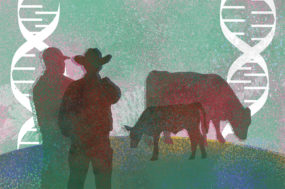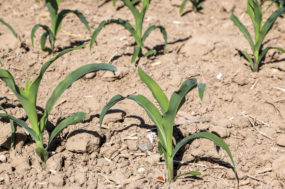But these are the Winter Games, and nostalgia reigns supreme. Ever since I was a kid, watching Eric Heiden and the U.S. hockey team claim historic gold medals in Lake Placid, I’ve been a total pushover for the Olympic rings.
Some 30 years later, the Iron Curtain is gone, NHL hockey players have replaced college kids in the hockey events, yet I’m still a sucker for Olympic fever (except for the ice dancing).
What grabbed my attention this year, however, was a recent report in Bloomberg Businessweek revealing the total cost to Russia in staging the games.
What Vladimir Putin initially promised as a $12 billion investment has ballooned into a total four times that amount.
Russia has spared no expense constructing railways, roads, stadiums, venues, energy pipelines, airport facilities and city amenities.
The Sochi games are expected to cost $51 billion, making it the most expensive Olympics ever. Bloomberg translates that to $520 million for each medal event. And don’t expect the games to turn one dollar of profit – few Olympic cities ever do.
All of this is for a city that is ill-suited to host a Winter Olympics. Sochi is a humid subtropical coastal city on the Black Sea, with winter temperatures averaging 52 degrees in daytime.
That last part reminded me of a similar principle raised by Dr. Jude Capper as she explained the beef industry in the U.S. – with a polar opposite result.
The U.S. beef industry, she said, is built upon grazing lands and feeder operations – both utilizing resources that other industries don’t want.
We graze cattle mostly on lands unsuitable for crop production or other industrial uses.
We feed cattle using corn, but also additional feedstuffs that are byproducts – or waste – from other processing models.
We feed cattle potatoes, beets, pulp, hulls, shells, seeds, citrus rinds, wheat middlings, mill run, distillers grains and a variety of other crop byproducts from around the nation.
The end product is a meat protein that is healthy, delicious, sustainable and sought after by customers and chefs the world over, and all from land and feed that had more value than what it started with.
And unlike an Olympic boondoggle of corporate malfeasance and overspending, the cattle industry creates an impressive bottom line.
The retail equivalent value created by the U.S. beef industry was $85 billion in 2012, according to the USDA’s Economic Research Service.
The value of cattle and calf production was $49.2 billion, a figure that grew a staggering 81 percent since 2002.
As much as economists like to credit new industry, development and tourism as forces generating profits – ag industries such as beef production utilize land and resources with maximum return and sustainable application for the future.
That’s a productive standard the world can applaud – even if it doesn’t result in a gold medal. ![]()









